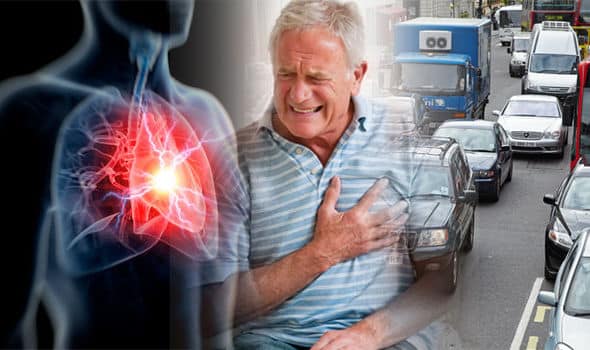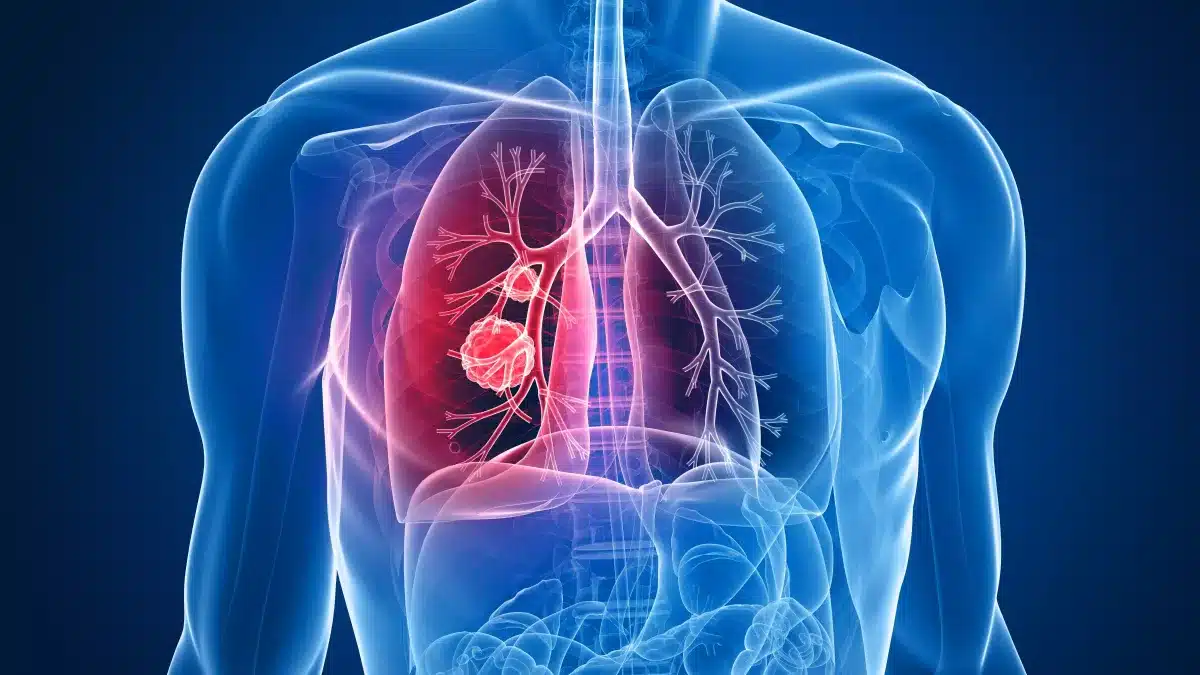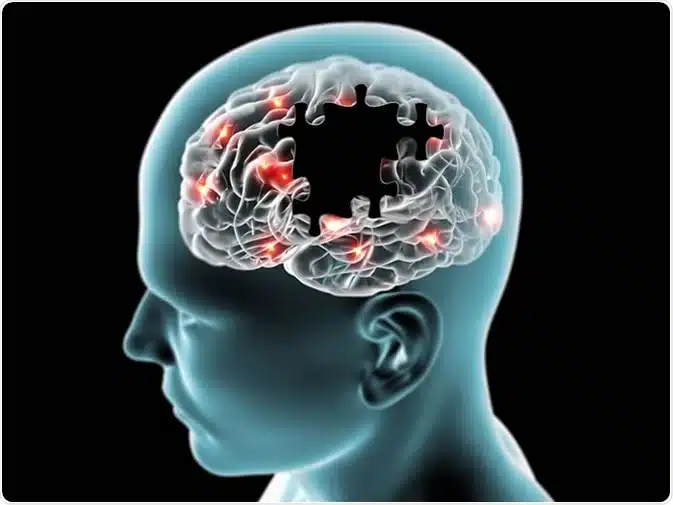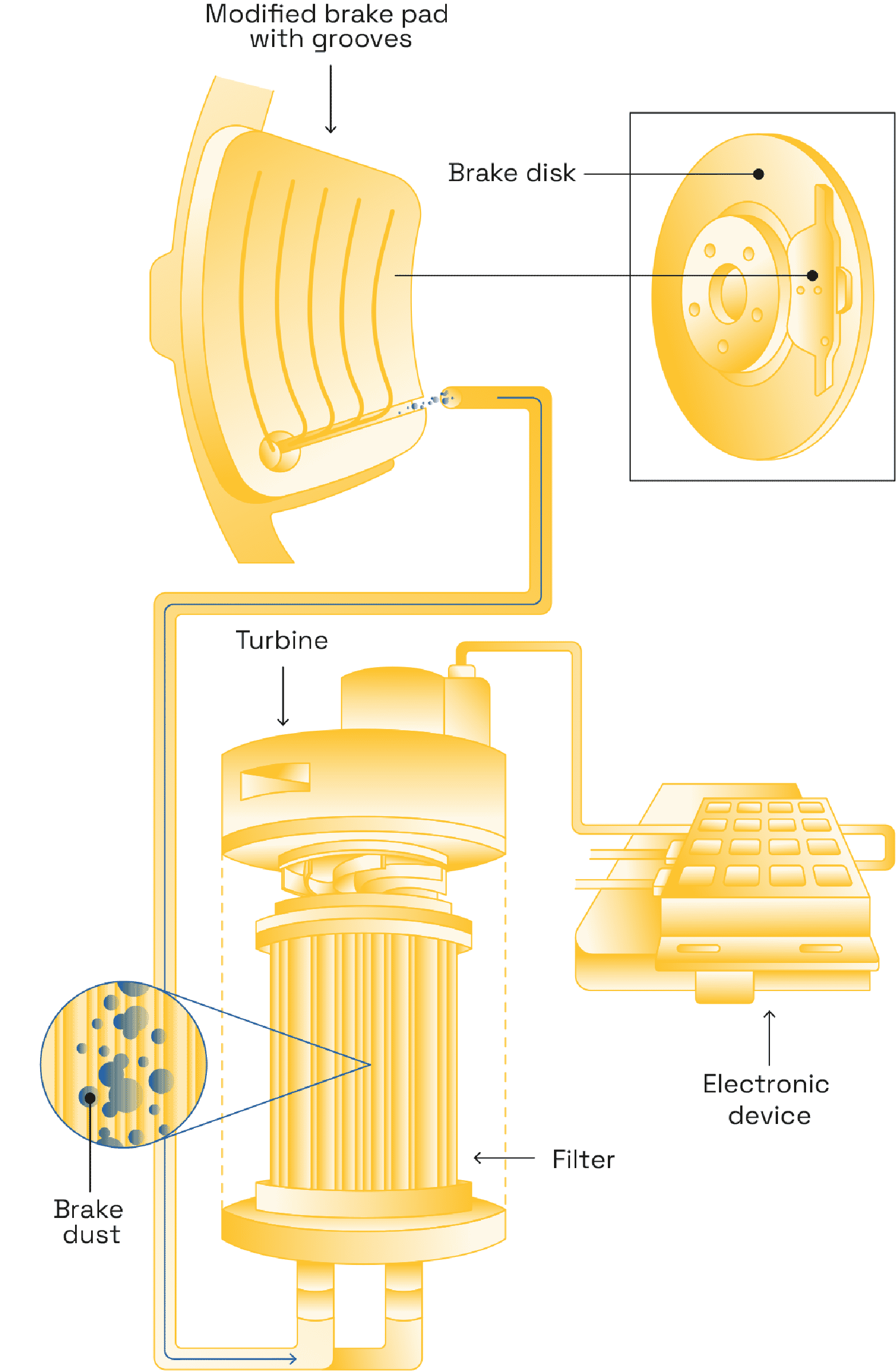Cancer, Alzheimer’s and cardiovascular diseases: what happens to your body when you breathe in brake dust?
When they are inhaled daily, brake wear particles can exacerbate pulmonary and respiratory diseases in the most vulnerable people. Scientists have also found other risks. We shed some light on this still relatively unknown danger.


A historic decision? Announced in November 2022 by the European Commission, the Euro 7/VII standard should come into force on 1 July 2025 once it has been approved by the European Parliament. It will enforce regulations on the fine particles generated by vehicle braking for the first time. What’s the goal? To combat air pollution, which is said to cause 238,000 premature deaths in Europe every year. Brake wear particles can get into the human body through the airways because they are microscopic (< 10 µm). And in some cases, they carry other pollutants into the body. However, Isabella Annesi-Maesano, Professor of Environmental Epidemiology at the University of Montpellier, Research Director at INSERM and Deputy Director of the Desbrest Institute of Epidemiology and Public Health explains: “It is actually their metallic composition that makes them dangerous”. “Generally, brake pads contain 80% metallic components – mostly iron, but also copper, zinc, aluminium and silicon. And the other 20% is made up of carbon-based organic materials,” explains Jean-François Berret, CNRS Research Director at Paris-Cité University. “Metals are a problem because in their ionised form, metal atoms are positively charged. If these metal ions are released when they reach the lungs, they can react more strongly with the body’s lipids, proteins, and cells, which are mostly negatively charged”, he adds.


What risks are there in terms of breathing and lung disorders?
In addition to these parameters, repeated exposure makes the phenomenon dangerous, especially for people living near busy roads, and drivers themselves.When they are absorbed daily, brake wear particles weaken immunity, generate inflammation, expose people to respiratory and pulmonary diseases such as asthma, bronchitis, and pneumonia, and can cause permanent damage to the lungs. Do they affect everyone? “Our lungs are a remarkable filter for the airborne particles we breathe. So someone with pulmonary issues will be affected much more than someone with healthy lungs. Their pulmonary clearance mechanisms are less efficient, and that is when inflammation can potentially take hold,” answers Jean-François Berret.
This exposure also has an effect on the mortality of the most vulnerable people such as asthmatics, people suffering from chronic obstructive pulmonary disease, as well as the elderly and the very young. 17% of deaths from lung cancer can be attributed to atmospheric pollution (including pollution from fine friction particles). “Some brake particles can be toxic and cause damage to lung cells and other organs in the body. For example, brake particles that contain asbestos can cause serious illnesses such as lung and mesothelioma cancer”, observes Isabella Annesi-Maesano.


Other diseases studied by scientists
Scientific studies reveal that prolonged exposure to brake particles could lead to other health risks, including cardiovascular and neurodegenerative diseases. A study in the United States has proven that they are a causal factor of ischaemic heart disease, which restricts oxygen supply to the heart muscle. A 2019 study in Mexico found that the risk of neurodegenerative diseases, in particular Alzheimer’s and Parkinson’s, is accentuated by exposure to fine particles generated by magnetic friction. “This work is relevant, but many studies and statistics are still be needed before we have irrefutable proof and can corroborate these findings in a broader manner”, points out Jean-Francois Berret.
Given these observations, the forthcoming Euro 7/VII standard therefore looks like good news for Europeans. “Current regulations in the States only target fine particle emissions from exhaust pipes, while the results of recent studies suggest that particles emitted by abrasion caused by road traffic are just as capable of generating health issues”, says Isabella Annesi-Maesano.That’s good news for Europeans, for whom air pollution reduces life expectancy by more than two years.
>> To learn more about the health risks of air pollution, download our white paper “Air pollution and brake particles, what are the health risks?”








